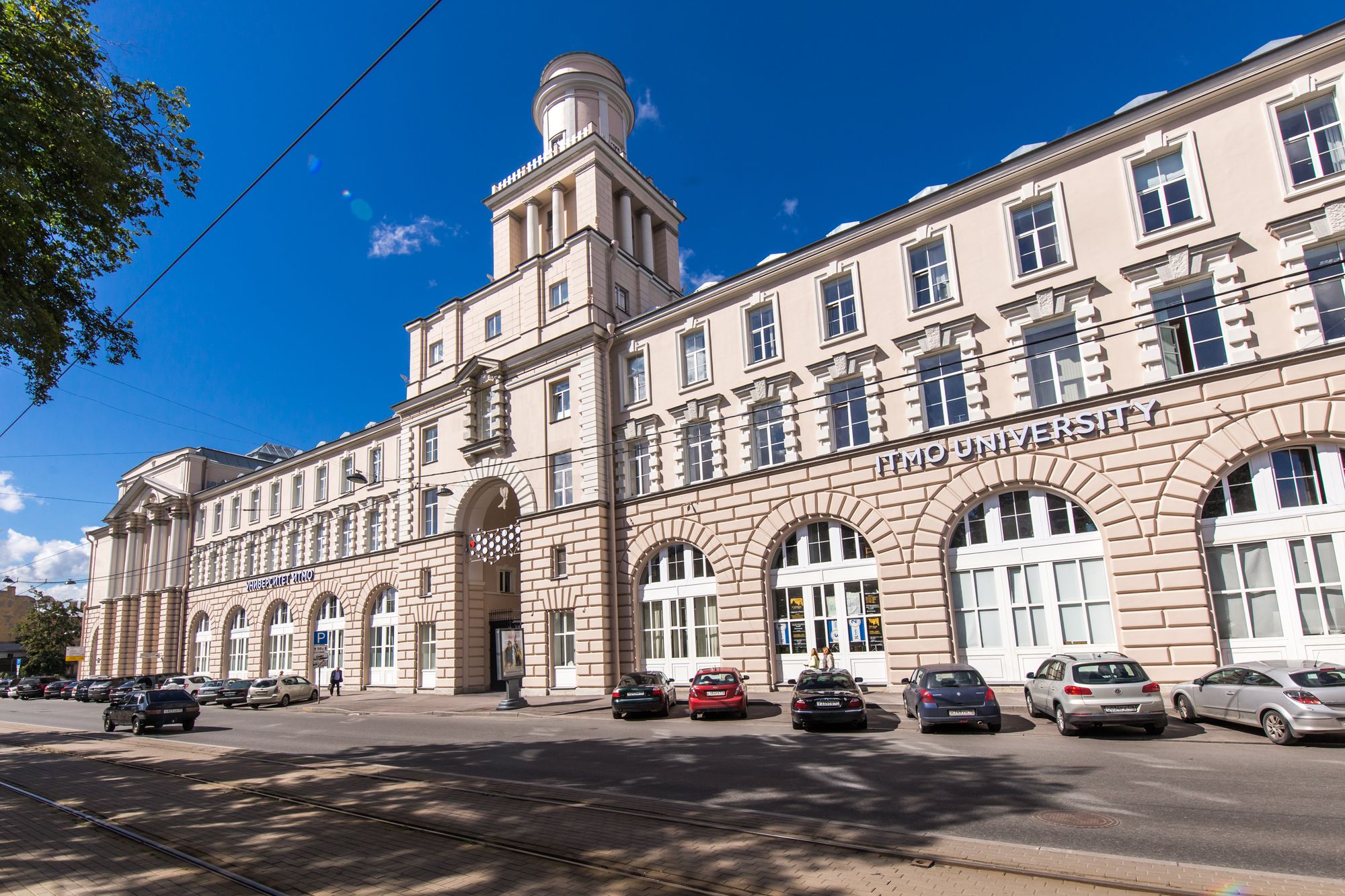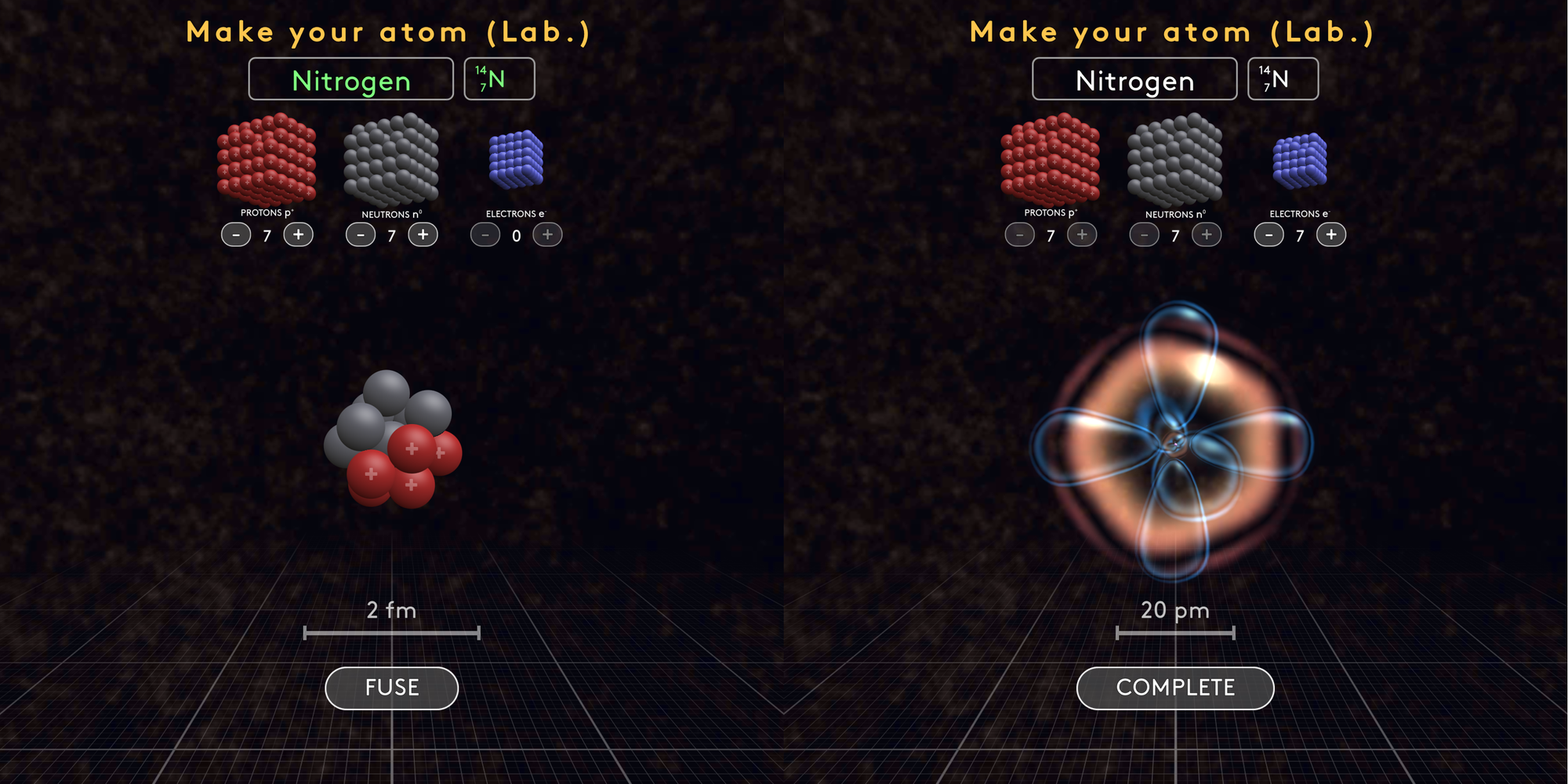ITMO University study on the benefits of virtual reality (VR) learning, and their influence on learning outcomes
A recent technology report published by a team of researchers at ITMO University has examined the effect of using VR learning materials by MEL Science on student learning outcomes.

Introducing Scientific Concepts via Virtual Reality
A recent technology report published by a team of researchers at ITMO University has examined the effect of using VR learning materials by MEL Science on student learning outcomes. The results show that the effect is positive, with students showing an average improvement in the 20% range.
Implementation of VR in the classroom
The primary goal of the technology report was to explore whether students show a better or worse understanding of certain abstract scientific concepts after using the MEL VR Science Simulations lessons. ITMO researchers focused on student understanding of atomic structure as this forms the foundation of their studies but is often something students struggle to grasp wholly. For this, they made use of the MEL Science, Make Your Atom, interactive lab lesson where users can create an atom by adding any combination of protons and neutrons together. Once a stable nucleus has been fused, they can begin to fill the electron orbitals and view each shell and lobe with granularity.

Students were asked ahead of using the VR content to complete a pretest. This involved writing out the electronic configurations, completing orbital diagrams, and drawing electron clouds for four elements. After completion, students were allowed to recreate their 4 elements within the Make Your Atom environment where they will see real-time renders of the nucleus, orbitals, and orbital diagrams. This task was followed by a replication of the pretest with 4 new elements.
Results
Across both tests (before and after using MEL VR Science Simulations) students were marked out of 16. Within the cohort of students involved, 63% of students scored higher in the posttest than the pretest, 28% maintained the same score, and only 9% scored lower. For full details on the scoring metric and data evaluation, please see the full paper linked at the end of this post.
The team concluded that the average improvement for students was 20.3%. In conclusory statements made within the report, the team at ITMO argue that the implementation of VR into the learning process improves student understanding.
"In the present technology report, we are able to argue that the implementation of this technology in chemistry classes improves the understanding of atomic structure. At the same time, we believe that VR technology is a helpful tool that is intended to support a skilful chemistry educator and the students’ own efforts in self-learning"
What is MEL VR Science Simulations
MEL Science provides a growing library of highly immersive and interactive science lessons presented in a virtual reality environment (also available in 2D for standard devices). The lessons currently cover both Chemistry and Physics, focusing on topics that are the most abstract and hardest to visualise. Instead of prerendering simple 360° 3D videos, the lessons make use of a proprietary quantum level simulation engine to render and calculate atomic and molecular motion on the device in real-time for scientific accuracy and the best learning experience.

Why VR can be useful for learning
Science is an extremely broad subject, ranging from the astrophysics of supermassive stars to the microbiology of bacteria and viruses. To an extent, these are relatively easy to grasp in terms of scale as one can use telescopes and microscopes to see them with their own eyes.
What is not so easy is seeing a molecule, an atom, or even an electron. The abstract and intangible nature of these concepts makes it very hard for students to gain an understanding of the science around them. With virtual reality, users are able to shrink down to the size of an atom so they can experience them firsthand. The technology allows full immersion in the environment, removing visual cues from the human-sized world, and allowing students’ brains to process what they’re seeing as if it were physically right in front of them.
VR can also open up opportunities for experimentation and environments not possible in conventional labs or classrooms. Though NASA and SpaceX are making amazing progress in lunar and Martian travel, humans are still many years away from taking field trips off-planet but can achieve this very easily with VR. Likewise, some experiments can involve substances too hazardous or expensive to justifiably use in the classroom, these limitations are removed entirely in a virtual environment.
Useful Links
MEL VR Science Simulations (iOS)
MEL VR Science Simulations (Android)
Full details about MEL VR Science Simulations can be found over at www.melscience.com/vr or by emailing us at vr@melscience.com

